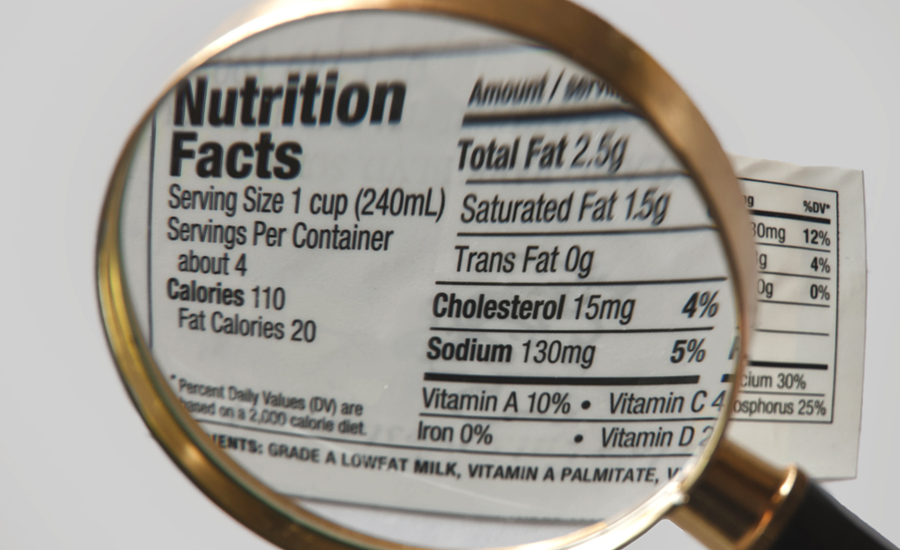Between 2009 and 2013, the annual average of recalls rose to 676, up from 304 as noted between 2004 and 2008. While an increase in the volume of food sold in the United States during this decade partially explains this statistically significant increase, other factors are also likely at play, according to a new report from USDA’s Economic Research Service, Washington, D.C.
The report, “Trends in Food Product Recalls: 2004 – 13,” shows that between 2009 and 2013, pathogen and risk detection technology substantially improved, regulatory oversight and enforcement increased and Congress passed two major food policy laws—the Food Allergen Labeling and Consumer Protection Act and the FDA Food Safety Modernization Act.
Six food categories accounted for the majority of food recalls in 2004—prepared foods and meals (excluding soups); nuts, seeds and nut products; baked goods (including packaged baked goods); grains and grain products (excluding baked goods); candy products; and sauces, condiments and dressings.
For each of these foods, with the exception of nut products, the most common reason for initiating the recall was failure to declare major allergens. The most common reason for recalls of nut products was possible Salmonella contamination.


